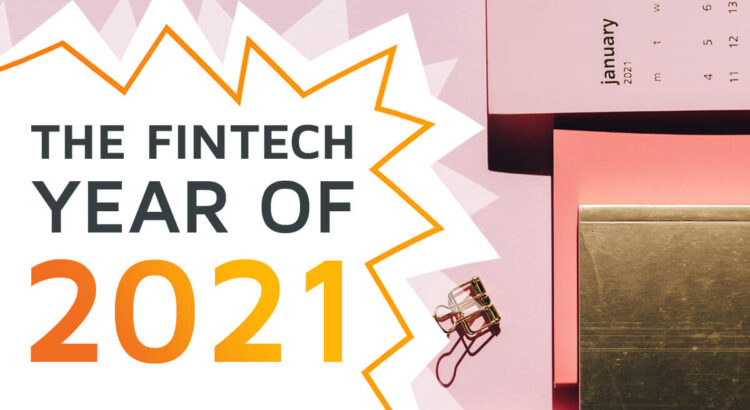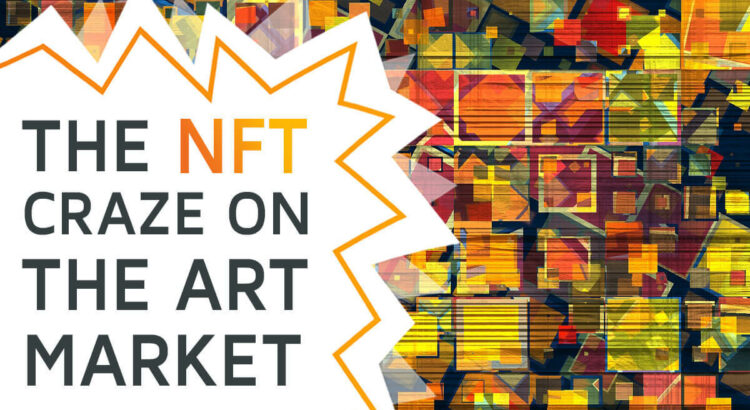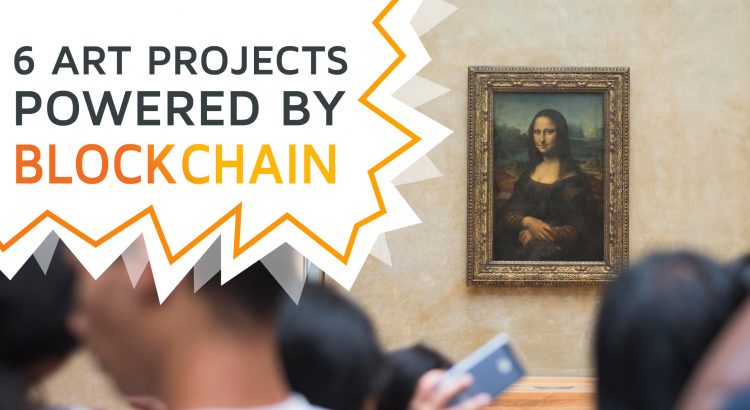Writing a 2021 recap of fintech has been a tough call. No misunderstandings here: A lot has happened in the industry. But we have gotten so used to the future of payments being both digital and mobile (and some would throw a decentralized in there, too). Long familiar talking points continue rotating in the press:
- Embedded Finance keeps breaking through.
- BigTech companies still follow their payment ambitions.
- Invisible payments in mobile and online payment remain attractive for customers.
- Embracing Open Banking is significant for all financial players.
- The promises of Artificial Intelligence await around the corner.
So what is to write, when we can expect all of this to define the financial industry in the next years? Well, the devil will be in the details: How will those factors play out on the level of specific target groups, use cases or nations? How is the fintech industry holding up as a whole? And what happened in the crypto sphere?
You see, there still is a lot we can talk about…
Read More


